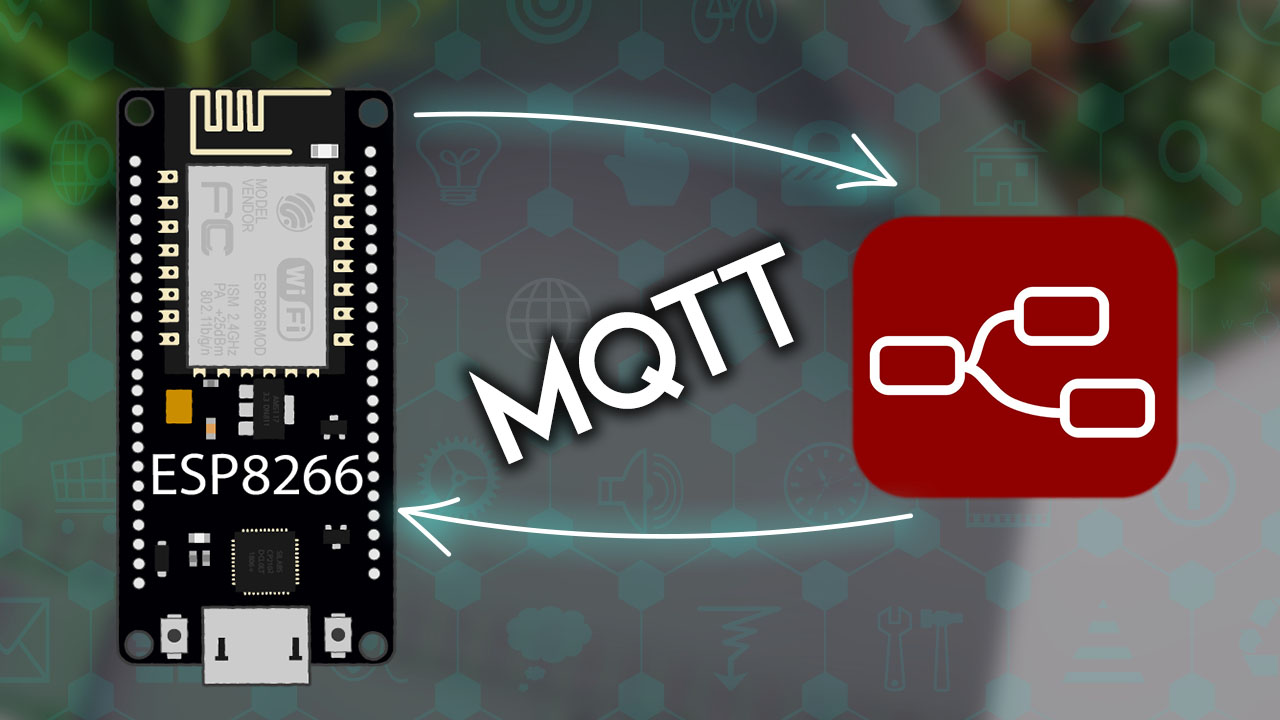Alan8947
Full Member level 4
Hi, I bought the Elegoo kid from Amazon:
https://www.amazon.com/gp/product/B08C4SK6H3/ref=ppx_yo_dt_b_asin_title_o01_s00?ie=UTF8&psc=1
I want to learn programming and design hardware using ATmega328P. I know I will be using C++ to program, but at the mean time, I want to know how much I have to study ATmega328.
I designed MPU stuff long time ago, I am reading the data sheet of ATmega328, it's LOONNGG!! I also reading the assembly language. That's total of over 300 pages. My question is how far I need to study this before I start working on the kit.
I want to be a little better than kids that just follow the instruction and make some of the experiment work, I do want to eventually design using the ATmega328. So how much I need to study the ATmega328.
Thanks
https://www.amazon.com/gp/product/B08C4SK6H3/ref=ppx_yo_dt_b_asin_title_o01_s00?ie=UTF8&psc=1
I want to learn programming and design hardware using ATmega328P. I know I will be using C++ to program, but at the mean time, I want to know how much I have to study ATmega328.
I designed MPU stuff long time ago, I am reading the data sheet of ATmega328, it's LOONNGG!! I also reading the assembly language. That's total of over 300 pages. My question is how far I need to study this before I start working on the kit.
I want to be a little better than kids that just follow the instruction and make some of the experiment work, I do want to eventually design using the ATmega328. So how much I need to study the ATmega328.
Thanks
